When I asked people what they were most excited about studying abroad, they almost always said the same thing: trying authentic cuisines. Thanks to some of my cultural classes, I’ve been living in Italy for nearly two months and have tried many things I didn’t expect to. However, I have turned to cooking meals at home most weeks. With access to a kitchen and several grocery stores nearby, I wanted a taste of home.
Something I wasn’t expecting was the severe difference in food and stores. I felt underprepared for how to handle this new cooking environment. Yet, I have learned a few tips and tricks to bridge the cultural gap that I think any new student wanting to study in Italy (at least Florence) should know!
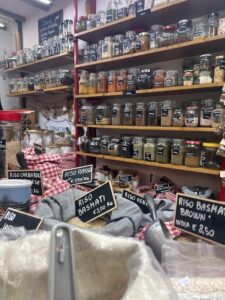
Milk is often not refrigerated and is marketed in boxes instead of jugs! May take a few times to realize where they are when you aren’t used to not seeing them in the fridges.
1. ALWAYS have reusable bags on hand.
This was a tip I learned before arriving. Yet, I cannot stress enough how vital this is. Italy charges a tiny fee when a store uses a plastic bag. This is meant to mitigate waste and be more environmentally friendly. While the cost is relatively small, it will add up over time. And if you are like me and stock up in large quantities, you will want something sturdier to carry your things back to your apartment!

This shop at Mercato di Sant’Ambrogio has a lot of different spices, grains, and other staple kitchen foods to amp up any meal! It’s on the east side of Florence and is frequented by locals.
2. Food Pricing and Taxes
The first day I bought groceries, I had to purchase a lot of food to start with. I was expecting to pay upwards of 100 USD after the conversion. To my shock, everything totaled less than 40 euros! Food in Italy is very inexpensive, and the food tax is already accounted for in the price you see on the tags.
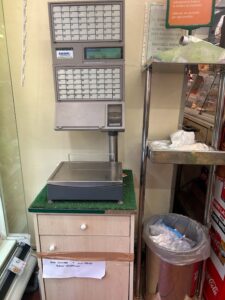
A produce scale in a grocery store! This one is a bit older as most of the kiosks are now electronic.
3. Weighing and Pricing Fruits or Vegetables
Something I was briefly told and still see some students forget is that you must price your fresh fruits or vegetables at the grocery store. All grocery stores have a kiosk with a scale, and on each produce sign is an item number. When you weigh the items, you type in the item number, and the kiosk spits out a sticker with the price of the produce based on the weight. It’s best to have the fruit or vegetables in a produce bag, typically provided at the kiosks, so that you can put the sticker on the bag. If you lose the sticker, you must return and do it again.
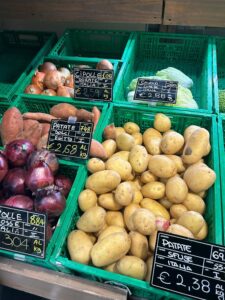
The three important pieces of info is the name on the top left, the cost below, and the produce number on the top right that you punch into the scale for your scanable sticker!
4. 99 Cent Stores are your friend!
I am someone who loves to cook with spices and herbs. I had some issues reading the Italian labels at the grocery stores, and their collection was on the smaller side. However, I stopped by the 99 Cent store, and they had a whole rack of spices with their English names on them! This store is good on a college budget because everything is 99 cents! I bought a ton of spices and some Tupperware for leftovers or meal prep my first time there. Typically, the cashier will count how many items there are, and if you have, say, 10 items, the total is 10 Euros. This is instance where they don’t bother with the smaller cent euros, unless you buy too many items.
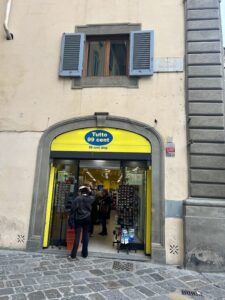
The 99 Cent Stores are all over Florence! The bright yellow is very easy to spot and they have a wide selection of necessary items, so its worth checking out.
5. The Mercato Centrale and other local producers
The first time you go to the Central Market in Florence, go to look and explore. These fresh markets tend to have a lot of people and get busy and loud at certain times during the day. They can also be a maze of shops. It’s best to get your bearings beforehand! This is where those reusable bags are handy. Also, some merchants don’t always speak English well, so this is an excellent time to brush up on some basic Italian! A key phrase I always use is “Posso Avere ____?” meaning “May/Can I have ___?”. Remember to use the Metric system when ordering because if you say pounds, they will look at you blankly. The best way to remember is that 1 kilogram is 2 pounds.
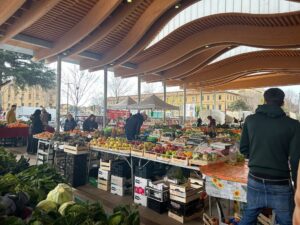
This is one of the many small outdoor markets that are in Florence. They are worth going to and each day might have different merchants!
It is a learning curve at first. And sometimes you might need help finding what you are looking for. I still have yet to find Cheddar Cheese here! But the food here is fresher and of higher quality at a cheaper price than expected. Since preservatives and other chemicals are not used in Italy, most food goes bad much quicker. So it’s common to buy food the day of so the ingredients are at their freshest. And lastly, try to explore the markets and build a relationship with the local merchants. Try different recipes and see what you can make with authentic Italian products! You might find that there is something new you like.
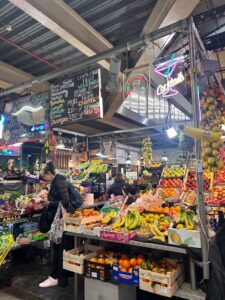
One of many fresh food stalls in Mercato Centrale. This is a hot spot for tourists and locals alike, and a must visit.
Written by: Alison, Spring 2024 Florence student from Winthrop University
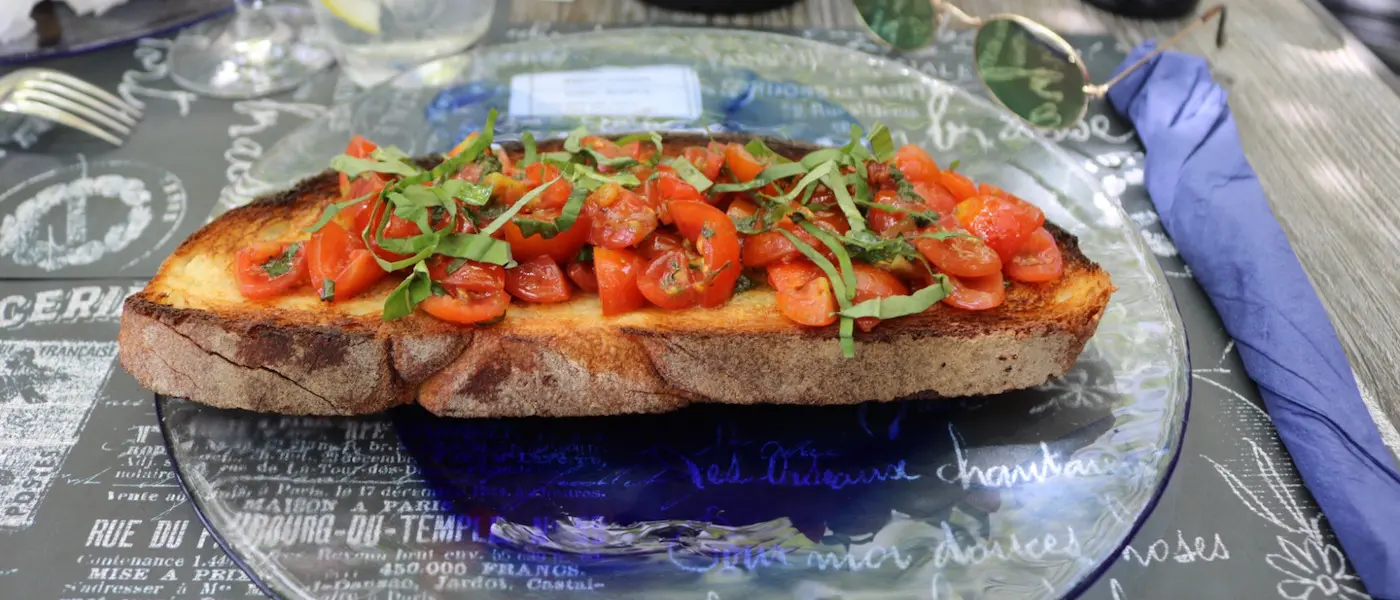

Comments
No comments yet